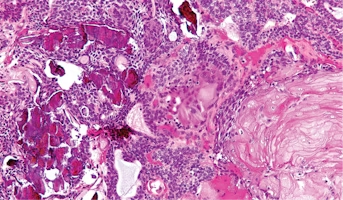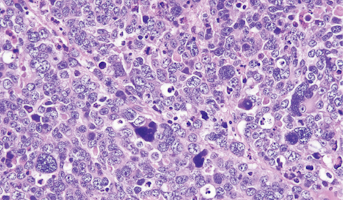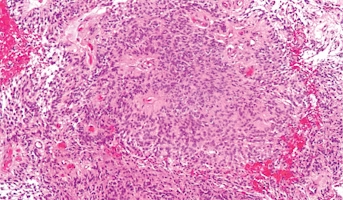Sonia Partap
Palo Alto, CA USA
Lucile Packard Children's Hospital Stanford

About
Clinical Associate Professor of Neurology & Neurological Sciences and of Pediatrics
Lucile Packard Children's Hospital Stanford
Sonia Partap, MD, is Clinical Associate Professor of Neurology & Neurological Sciences and of Pediatrics at Stanford University, and a neuro-oncologist at Lucile Packard Children’s Hospital Stanford. Dr. Partap received both her B.A. and M.D. at the University of Missouri, Kansas City, before completing residencies in pediatrics and neurology at Brown University and University of Washington, respectively. She then came to Stanford in 2006 for the Beverly and Bernard Wolfe Fellowship in Pediatric Neuro-Oncology and completed a master's degree in Epidemiology at Stanford in 2009. Her research interests include epidemiology, international health, drug trials in neuro-oncology, and late effects of therapy. Dr. Partap attends in both child neurology and pediatric neuro-oncology and is Fellowship Director for neuro-oncology. She is the primary site investigator for many of the pediatric neuro-oncology trials for Stanford Children's Health.

Lucile Packard Children's Hospital Stanford
research
Interests

Craniopharyngioma
Childhood craniopharyngiomas are rare tumors usually found near the pituitary gland (a pea-sized organ at the bottom of the brain that controls other glands) and the hypothalamus (a small cone-shaped organ connected to the pituitary gland by nerves).Craniopharyngiomas are usually part solid mass and

Medulloblastoma
Medulloblastomas comprises the vast majority of pediatric embryonal tumors and by definition arise in the posterior fossa, where they constitute approximately 40% of all posterior fossa tumors. Other forms of embryonal tumors each make up 2% or less of all childhood brain tumors.The clinical feature

Ependymoma
Ependymomas arise from ependymal cells that line the ventricles and passageways in the brain and the center of the spinal cord. Ependymal cells produce cerebrospinal fluid (CSF). These tumors are classified as supratentorial or infratentorial. In children, most ependymomas are infratentorial tumors